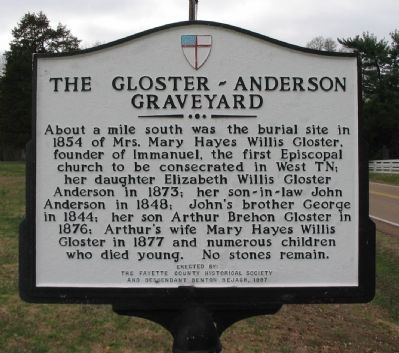Two Evans girls were with the Mordecai school when it opened in 1809:
Jane Evans was there from 1809 until mid-1811, and her sister
Lydia Anna Evans (sometimes written as
Lydianna, which might reflect how it was pronounced) was there until the end of 1810. They came from Oakland, an estate near Petersburg, Virginia, and had Dr. George Evans as the name attached to their accounts in the school ledger. The Mordecai family discussed the Evans girls in letters, beginning even before their arrival:
"The house is full of girls and... in a few weeks Lidyanna & Jane Evans will come Mrs. Johnson is now at Oakland and they will return with her." (Ellen to Samuel, 16 April 1809, Jacob Mordecai Papers at Duke)
The family were, obviously from their name, Welsh in ancestry. The girls' father
Dr. George Evans (c1755-1822). He moved South from Pennsylvania to Virginia after the Revolutionary War, in which he served as a surgeon. Their mother was the former Mary Peyton (d. 1818). The girls' much older sister Mary Evans married
William R. Johnson, a notable Warrenton resident, in 1803. (That's the Mrs. Johnson mentioned above and below.)
 |
The marriage announcement of Governor William Miller and Lydiana Evans
Weekly Raleigh Register (June 7, 1816): 3.
From Newspapers.com | |
|
|
|
Lydia Anna Evans (d. 1818) left the Mordecai school at the end of 1810; she married almost six years later, to
William Miller, at Chesterfield, Virginia, in May 1816 (see announcement above). William Miller was a Warrenton man, well known to the Mordecais, but at the time of the wedding he was well-known throughout the state--because he was the Governor of North Carolina from 1814 to 1817. (So a Mordecai girl became the first lady of North Carolina while the school was still running.) Sadly for Lydia Anna, the glamor was very short-lived: she was soon pregnant, had her son William Jr., and she died in March 1818. (William Jr. soon joined his mother; he only lived to be five years old.) Her widower Governor Miller died in 1825, traveling through Florida on a diplomatic mission to Guatemala.
The Mordecais commented on Lydia Anna's death, of course:
"We have just received intelligence of the death of Mrs. Miller (Lydia Anna Evans)--So young, so sweet, & so lovely, who can think without pain of her being this early nipped in her bloom. The last letter from Mrs. Johnson mentioned her being much better, & her husband had come out to prepare for her removal to their intended place of residence. Her last illness must have been short for her had not received intelligence of it, & was still absent, when the final event took place." (Rachel to Samuel, 22 February 1818, Jacob Mordecai Papers at Duke)
"The last visitation on the Evans family is a most melancholy one and you are so prone to feel another's woe, that exclusive of the attachment you had for Mrs. M., your sympathy for them must be strongly excited..." (Samuel to Rachel, 1 March 1818, same as above)
"A letter from Mrs. Johnson to Mary mentions that the amiable deceased had left to her the care of her infant, from this I conclude that she was sensible of her approaching fate." (Rachel to Samuel, 1 March 1818, same as above)
Jane Maria Evans: No sooner had Lydia Anna died, than her sister Jane Evans, also a Mordecai alumna, followed; the Mordecais shared the news:
"You will unite with me in deep & sincere concern when I acquaint you with the new misfortune of the devoted family of poor Dr. Evans--Jane is no more, she expired on the 12th of this month, Lydia on the 13th of last. Her health had for some time been delicate, and the shock proved too severe for her to bear. Poor Mrs. Johnson appears, as she must be, overwhelmed with grief. Does it not seem indeed too much for human nature to support? I fear it will be impossible for her poor mother to strugle against such an accumulated load of sorrow. When I think of that family as we knew it a few years ago, so cheerful, so happy, so pleased with one another, the girls so gentle, so lovely, and blooming..." (Rachel to Samuel, 22 March 1818, same as above)
"The succession of misfortune in the Evans' family is enough to excite commiseration even in those who feel less interest in their happiness than we do. I had not heard of Jane's death until you mentioned it." (Samuel to Rachel, 29 March 1818, same as above)
But there was still more tragedy for the Evans family in 1818. That summer, the mother of Lydia and Jane, Mary Peyton Evans, also died. "The unfortunate old lady had never left her chamber since the death of Jane, but has borne her own severe sufferings with entire patience & resignation. She may indeed be said to have fallen victim of a broken heart." (Rachel to Samuel, 26 July 1818, same as above)
Death dates and circumstances are thus well-established; I still don't know when either student was born, or where they might have been buried (I assume a private family plot near the family home at Oakland?). Does anyone know?




